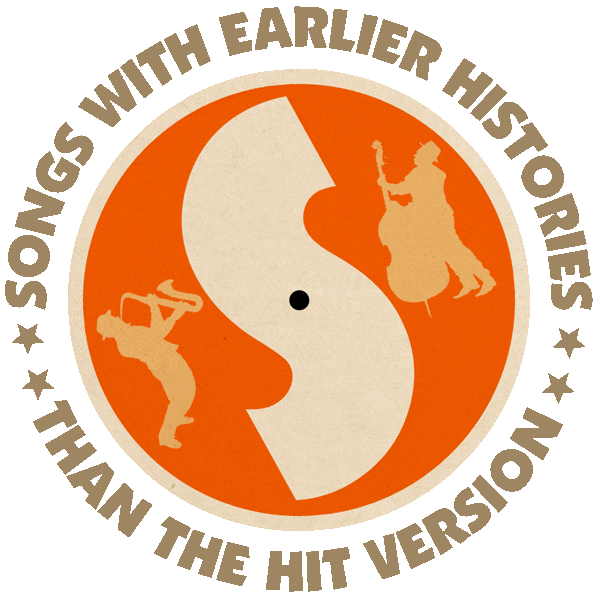First recorded by “Big Mama” Thorton (R&B #1 1953).
Also recorded by Jack Turner & His Granger County Gang (1953), Eddie Hazelwood (1953), Betsy Gay (1953), Tommy Duncan & the Miller Brothers (1953), Freddie Bell & The Bell Boys (1955).
Hit version by Elvis Presley (US #1/C&W #1/R&B #1 1956).
From the wiki: “Jerry Leiber and Mike Stoller wrote ‘Hound Dog’ as a 12-bar Blues song. It was first recorded in Los Angeles by Willie Mae ‘Big Mama’ Thornton in August 1952, and became her only hit record. Credited with contributing to the evolution of R&B into Rock and Roll, Thornton’s recording of ‘Hound Dog’ is listed as one of the Rock and Roll Hall of Fame’s 500 Songs That Shaped Rock and Roll, and was inducted into the Grammy Hall of Fame in February 2013.
“In August 1952, R&B bandleader Johnny Otis invited 19-year-old songwriters Jerry Leiber and Mike Stoller to his home to meet Blues singer Willie Mae “Big Mama” Thornton, a ‘foul-mouthed three-hundred pound R&B singer’. Leiber recalled: ‘We saw Big Mama and she knocked me cold. She looked like the biggest, baddest, saltiest chick you would ever see … I had to write a song for her that basically said, ‘Go fuck yourself.’ Leiber and Stoller wound up writing a Southern Blues lament, ‘the tale of a woman throwing a gigolo out of her house and her life.’

